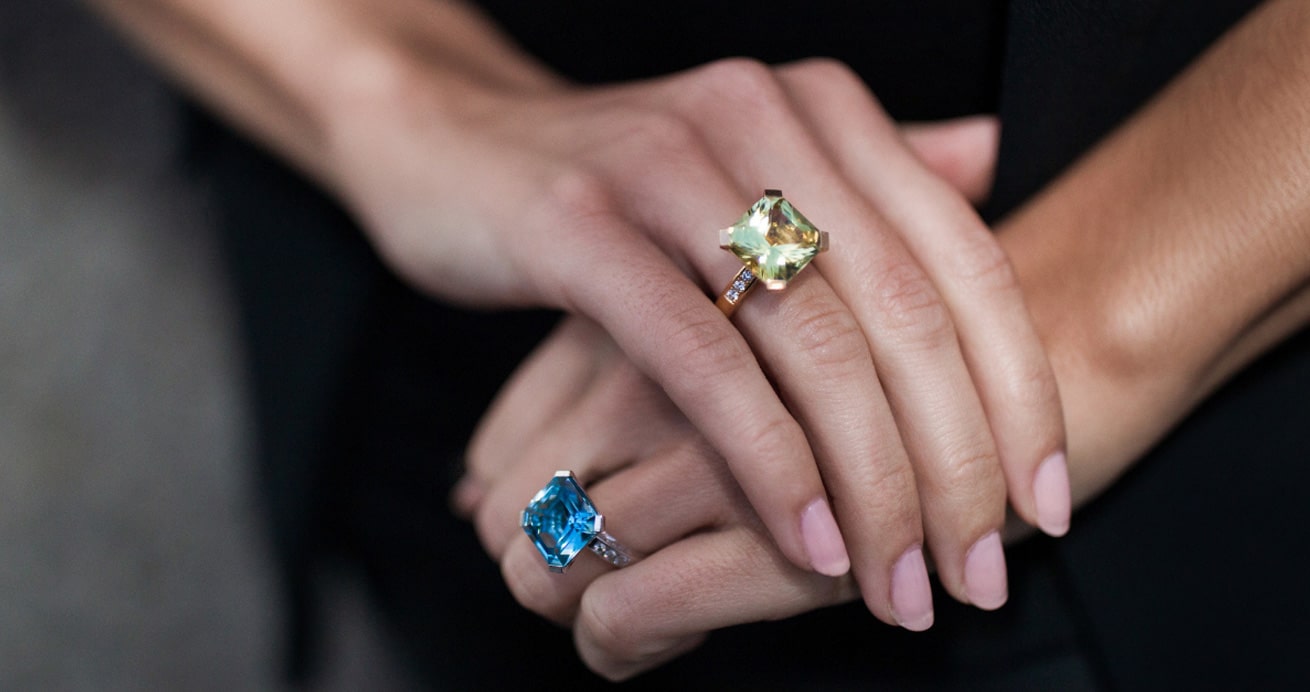
The Expert Way to Tell If a Gemstone Is Real (and Worth Selling)
When it comes to fine jewelry, authenticity is everything. Whether you’ve inherited a family heirloom, are refining your collection, or are preparing to sell a high-value piece, knowing how to tell if a gemstone is real is important—not just for peace of mind, but for resale value.
In the world of luxury jewelry, even seasoned collectors can mistake synthetic or treated stones for the real thing. Here’s how experts evaluate gemstone authenticity, and what you need to know before selling.
Why Authenticity Matters in the High-End Jewelry Market
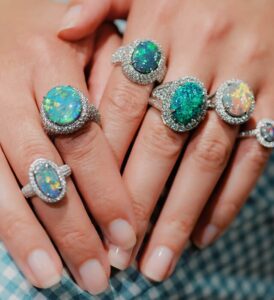 In today’s resale market, buyers know exactly what they’re looking for — and they’re not easily fooled. Authentic gemstones, especially those set in designer pieces from brands like Tiffany and Cartier, can command top dollar. But if a stone turns out to be lab-created, a simulant, or simply misrepresented, it can significantly lower the value—even if it looks stunning.
In today’s resale market, buyers know exactly what they’re looking for — and they’re not easily fooled. Authentic gemstones, especially those set in designer pieces from brands like Tiffany and Cartier, can command top dollar. But if a stone turns out to be lab-created, a simulant, or simply misrepresented, it can significantly lower the value—even if it looks stunning.
If you’re preparing to sell, the authenticity of your gemstones directly impacts:
- Appraised resale value
- Buyer trust and marketability
- Your ability to sell through reputable buyers or auction houses
The Expert Approach to Gemstone Identification
Here’s how trained professionals and GIA-certified appraisers evaluate whether a gemstone is real—and whether it’s worth top dollar:
1. Visual Inspection Under Magnification
Gemologists begin by using a jeweler’s loupe or microscope to examine internal characteristics (inclusions), polish marks, and signs of treatment. Natural gemstones often have unique internal “fingerprints” that distinguish them from synthetic or glass alternatives.
2. Testing Light Behavior
The way light passes through or reflects off a gemstone tells experts a lot. Tools like a refractometer or polariscope can help identify whether a stone is natural, synthetic, or imitation. Genuine gemstones will exhibit specific optical properties that synthetic stones cannot replicate exactly.
3. Thermal and Electrical Conductivity
Diamonds, sapphires, emeralds, and rubies each conduct heat and electricity differently. Devices like thermal testers are commonly used to confirm a real diamond, for example, versus a simulant like moissanite.
4. Certification and Provenance
For high-end jewelry, documentation is invaluable. GIA certificates, original receipts, or branded packaging (like a Tiffany Blue box or Cartier red case) not only support gemstone authenticity but increase buyer confidence and the final sale price.
Why Professional Evaluation Matters
While DIY tricks and at-home tests might seem convenient, they’re often unreliable and can damage your jewelry if done incorrectly. That’s why it’s important to consult a professional.
In a Fox 26 Houston interview with reporter Chelsea Edwards, Danny Shaftel of Diamond Buyers emphasized the importance of expert evaluation when it comes to identifying real gemstones:
“You have to know what you’re doing. The average person can’t tell whether a gemstone is real just by looking at it. For example, this lab-grown ruby is beautiful—but it has almost no value.”
— Danny Shaftel, in an interview with Fox 26 Houston
Discover the true Market Value of Your Fine Gemstones
Work with experts who specialize in evaluating and maximizing high-end resale.
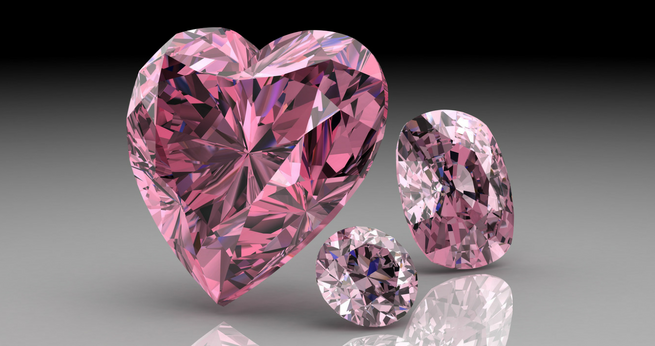
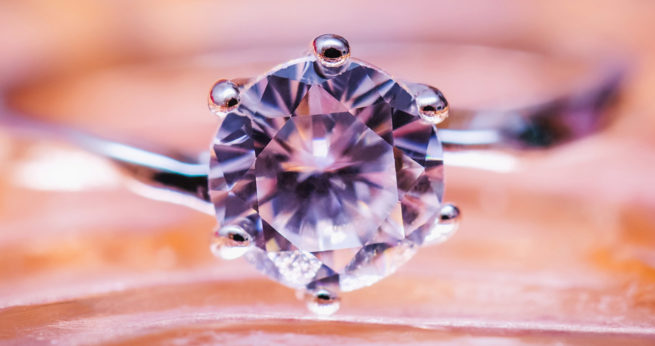
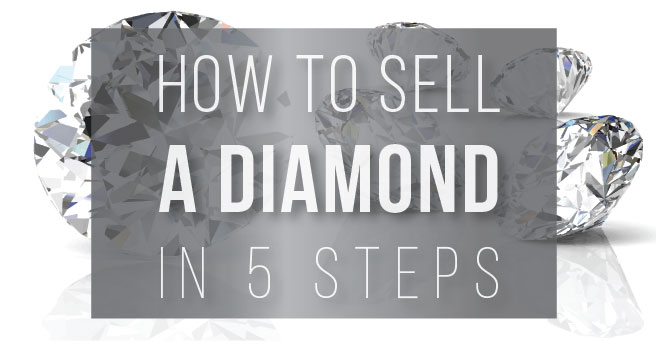

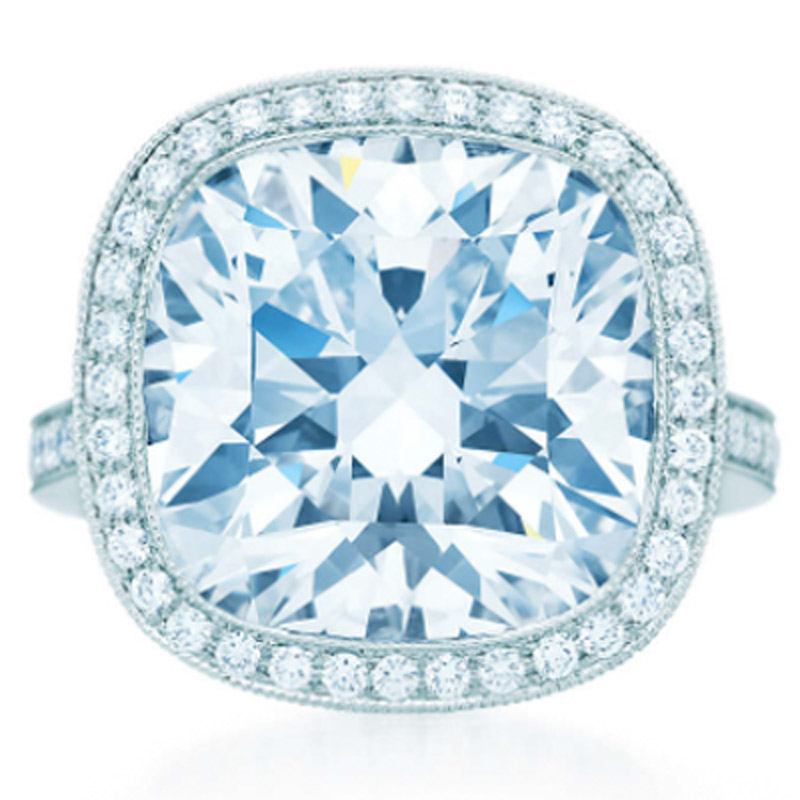
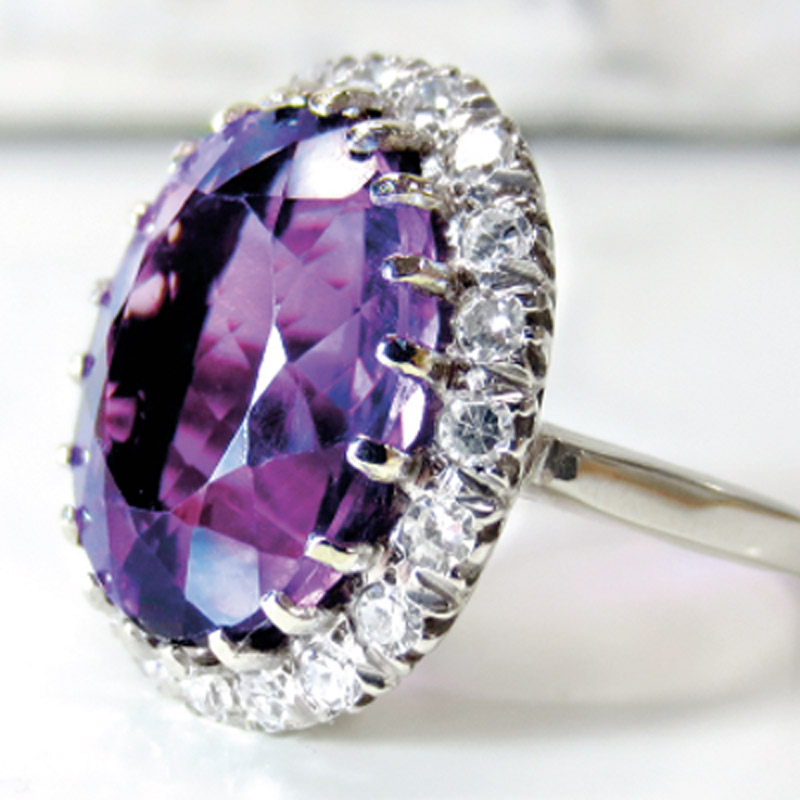
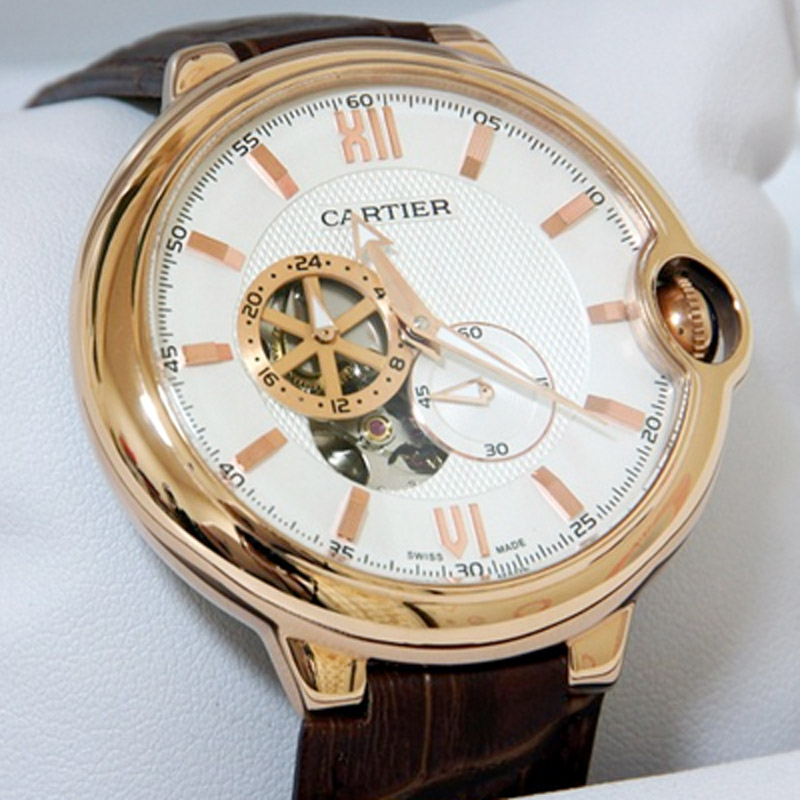
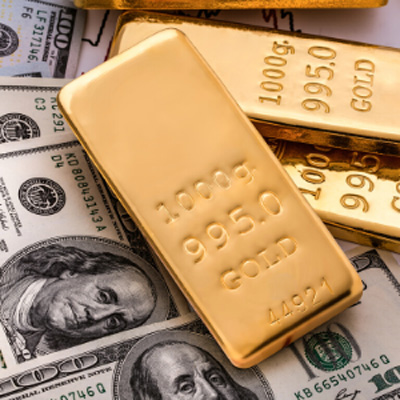
0 Comments